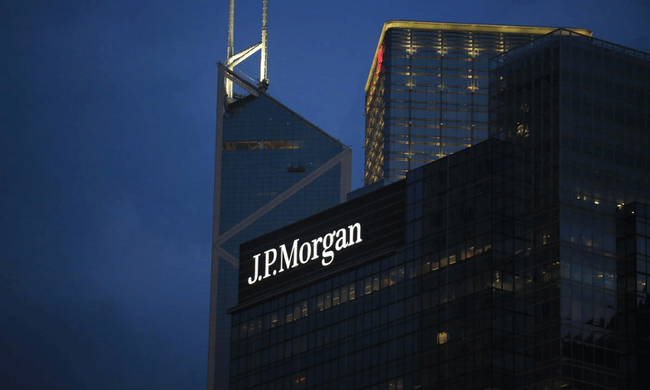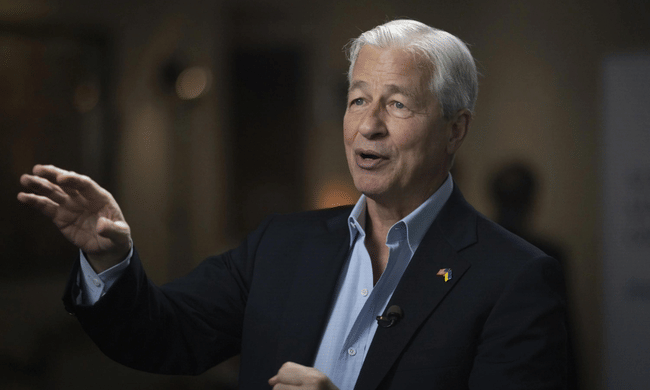Regulators seized First Republic Bank $FRC, which was subsequently taken over by JPMorgan $JPM. This purchase is both one giant bailout and a great move by JPMorgan. Why, you ask?

JPMorgan said today that it will assume all $92 billion in deposits - insured and uninsured. It is also buying most of the bank's assets, including about $173 billion in loans and $30 billion in securities.
Under the deal, which came after the auction, JPMorgan will pay $10.6 billion to the US Federal Deposit Insurance Corporation (FDIC) for most of the assets of the San Francisco-based bank, whose failure is the largest since Washington Mutual in 2008.
Under the deal, the Federal Deposit Insurance Corp. will share losses with JPMorgan on First Republic loans. The agencies estimate its insurance fund would suffer $13 billion in the deal. JPMorgan also said it would receive $50 billion in funding from the FDIC.
The deal means that JPMorgan, the largest bank in the US, is poised to emerge from the current crisis even bigger and stronger. The bank said it has received about $50 billion in new deposits from panicked customers looking to move their money to a bank that is too big to fail after the March failures.
- JPMorgan had $2.4 trillion in deposits at the end of the first quarter.
Why did this move happen?
The banking crisis opened many wounds, with one outstanding one being First Republic Bank, which many experts were reassuring that the situation was under control. However, the earnings report sent $FRC stock down nearly 50% in one day, reigniting fears in the financial system and banks as a whole.
Jamie Dimon played a key role here

Jamie Dimon played a key role in the earlier efforts to rescue First Republic. His bank was one of the biggest contributors to the $30 billion deposit from 11 banks to stabilize the ailing bank, and he tried to rally other banks to take other steps to help. Its bankers were also hired to advise the FRC on its various options.
Thus, some experts agree that the crisis is over:
"This is the last phase of this initial panic. First Republic's problems began as a result of SVB and Signature," said Steven Kelly, senior research fellow at the Yale Program on Financial Stability. "This is not the story of 2008, when one bank went down and investors focused on the next biggest bank to falter."
$JPM is growing and growing. Too bad I didn't jump in.
I expected this, it was just a matter of who Republica would end up falling in the pocket of. I commend JPM both for their willingness since the beginning of the crisis and for their bold moves that may now bear fruit.